Welcome to the 26th issue of Teaching the Legacy. This edition is part of a newsletter series that will focus on the subject of commemoration and art. This e-newsletter will focus on the visual arts, while the next ones will continue with other art forms such as poetry, films, Holocaust memorials, and so-called “graphic novels” (comics). This e-newsletter includes a main article that covers the subject of Holocaust art created by survivors. Another article which is accompanied by a teacher’s guide decribes the use of interdisciplinary tools and its value in the classroom. A third article discusses the limitations of artistic representations. We have also included an interview with the Holocaust survivor and artist Samuel Willenberg and his wife Ada. As always, the newsletter features new publications, book reviews, and updates on recent and upcoming activities at the International School for Holocaust Studies and across Yad Vashem. We hope you find this issue interesting and resourceful and we look forward to your feedback.
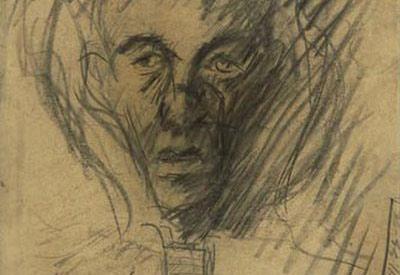
Commemoration in the Art of Holocaust Survivors
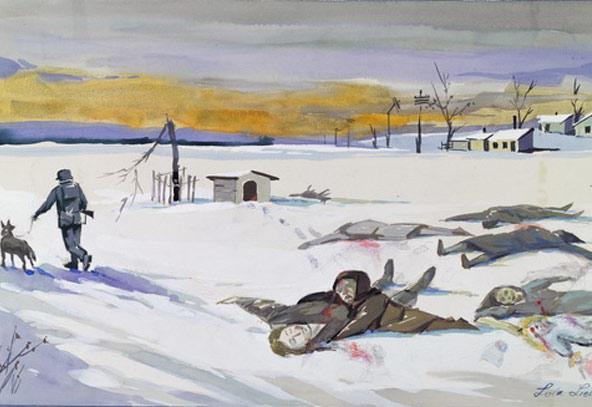
Are There Boundaries to Artistic Representations of the Holocaust?
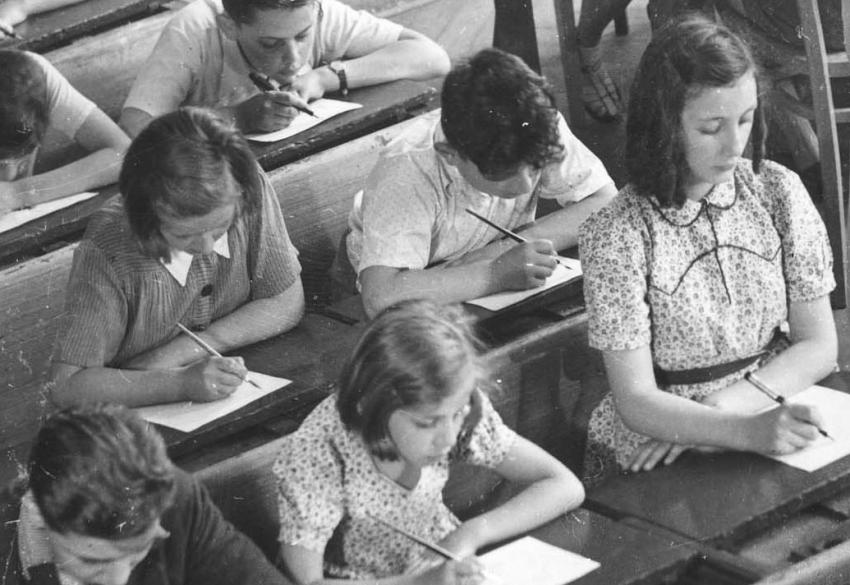
Interdisciplinary Education
Interview with Samuel Willenberg, Survivor of the Treblinka Death Camp
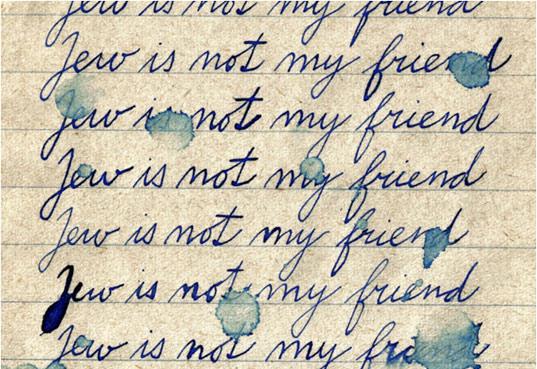
Article and Lesson Plan – "Keeping the Memory Alive": International Poster Competition 2012
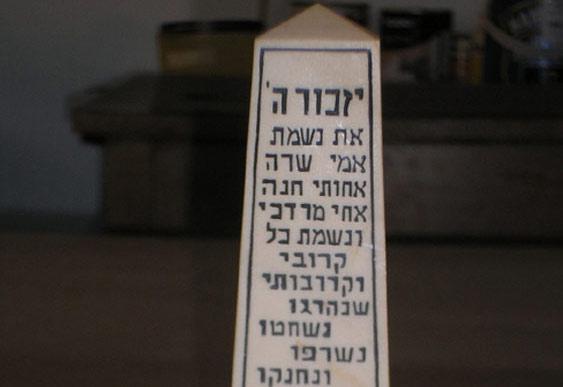
Artifacts and Art Created in the Detention Camps in Cyprus
It says, “God will remember the soul of my mother Sarah, my sister Chana, my brother Mordechai and the souls of all my relatives that were killed, burned and choked by the German murderers in the years 1941-1942, may God avenge their blood.”Moshe Joselewitz was born in Grodno in 1924. He and his family were forced into the ghetto of a small town near Grodno. His mother Sarah, and younger brother and sister,...
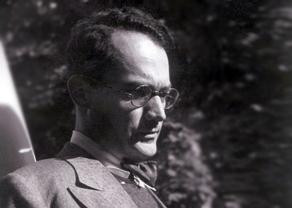
Varian Fry
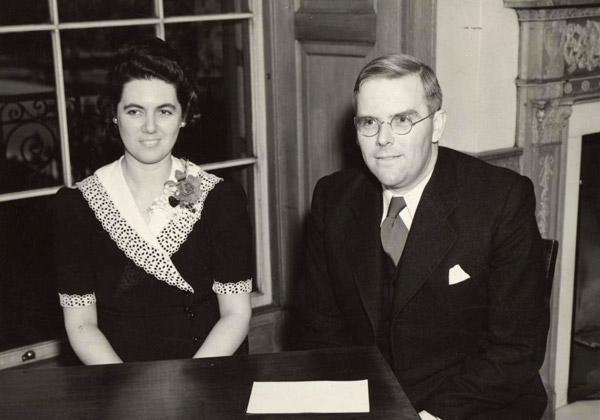
Waitstill and Martha Sharp
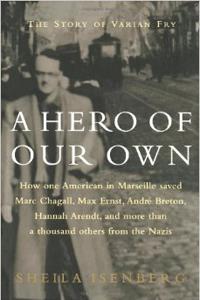
A Hero of Our Own: The Story of Varian Fry - Sheila Isenberg
Sheila Isenberg
Random House 2001
349 pages
The story of Varian Fry is perhaps less well known than that of Oscar Schindler, but to some he became known as the "American Schindler" or The Artist's Schindler". In 1940, Fry was sent to France by the Emergency Rescue Committee in New York, with a list of two hundred names and only three thousand dollars in his pocket. The list was made up by the Museum of Modern Art in New York and Eleanor Roosevelt, among others. Those on the list were mainly artists, scientists...






